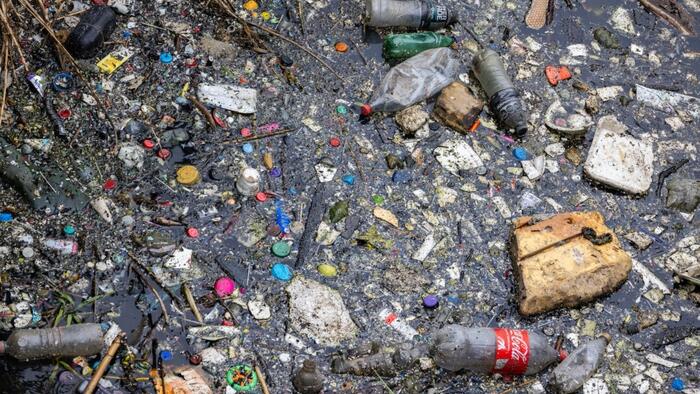In response to the ongoing sewage pollution crisis affecting the Tijuana River Valley, the U.S. Centers for Disease Control (CDC) has begun partnering with local authorities in South Bay, San Diego, to conduct health assessments aimed at understanding the extent of the public health emergency. The initiative, known as the Community Assessment for Public Health Emergency Response (CASPER), targets 210 households from a larger 30-block area near the United States-Mexico border. San Diego County’s leadership, including Board of Supervisors Chair Nora Vargas, emphasizes the significance of gathering firsthand accounts from residents, which will assist in securing resources and formulating solutions to mitigate the public health risk stemming from sewage contamination.
The assessment teams will conduct anonymous interviews, each lasting about 15 minutes, visiting residences between Thursday and Saturday. They expect to create an environment of trust by wearing identification and reflective vests, as well as providing bilingual support in both English and Spanish. Dr. Ankita Kadakia, the county’s interim public health officer, has urged residents to engage with the interviewers and provide honest responses, stressing that their input is crucial in understanding how the sewage pollution is influencing their daily lives.
The CDC has historically utilized the CASPER method to collect essential data rapidly regarding community health issues. Dr. Aaron Bernstein, director of the CDC’s National Center for Environmental Health, remarked on the importance of the interviews, which will yield insights into the personal experiences of residents amid the sewage crisis. This information is anticipated to inform public health decisions and shape future interventions in the affected area.
The San Diego City Council has demonstrated its commitment to tackling the sewage crisis by recently adopting a resolution requesting that the federal government declare a national emergency in relation to the contaminated water flows at the border. This move follows over three decades of local states of emergency related to ongoing pollution issues that pose serious health risks to residents and ecosystems alike. Despite the symbolic nature of this resolution, it underscores the urgency for federal recognition and intervention in addressing the immediate hazards presented by the ongoing sewage pollution.
Scientific teams have identified alarming levels of toxic gases, including hydrogen sulfide, emanating from the Tijuana River. Although recent evaluations determined there was no immediate health risk, the persistent noxious odors, perceptible miles from the border, have raised concerns among local residents. City Councilwoman Vivian Moreno articulated the frustration expressed by community members, feeling neglected by the federal government as they request robust action to address the pollution crisis. With the San Diego City Council having declared a state of emergency in 1993 and its counterparts in Imperial Beach and the county following suit in more recent years, the local government’s ongoing struggle against varied contaminants—including raw sewage and industrial runoff—is evident.
The International Boundary and Water Commission (IBWC) has documented the alarming influx of toxic waste, quantifying over 200 billion gallons of pollution entering the U.S. from the Tijuana River Valley since 2018. Despite the allocation of $40 million for infrastructure remediation at the South Bay International Wastewater Treatment Plant, only a mere $4 million has been utilized to address pressing issues in this facility. Additionally, the city has taken legal action against the IBWC to enforce compliance with the Clean Water Act. To combat the sewage crisis more effectively, funding has been appropriated through the U.S.-Mexico-Canada Agreement aimed at upgrading the wastewater treatment infrastructure; the USIBWC’s plans to utilize over $400 million in federal funding secured through the efforts of local Congressional delegates signify potential progress towards rectifying this long-standing environmental issue.
In conclusion, the partnership between the CDC and local San Diego authorities highlights a crucial effort to directly engage with residents impacted by the sewage pollution in the Tijuana River Valley. The CASPER initiative serves not only as a means to gather vital health information but also as a rallying point for residents to voice their concerns. The steps taken by the San Diego City Council indicate a concerted push for increased federal intervention. However, the response from authorities and the impact of funding for infrastructure improvements remain pivotal in striving toward a cleaner and safer environment for the South Bay community, which continues to face significant health risks from ongoing sewage pollution. The collaboration, community engagement, and advocacy for stronger federal action reflect an urgent need to address this environmental crisis that profoundly affects residents’ lives and wellbeing.

